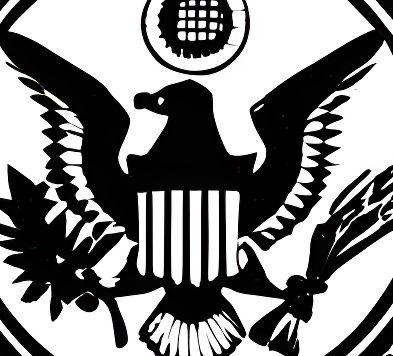122 reads
Summary of the SEC's Allegations Against Terraform Labs and Do Kwon: They're Being Accused of Fraud
by
October 5th, 2023
Audio Presented by

A collection of public domain court case filings, by/against the US SEC, retrieved by HackerNoon
About Author
A collection of public domain court case filings, by/against the US SEC, retrieved by HackerNoon